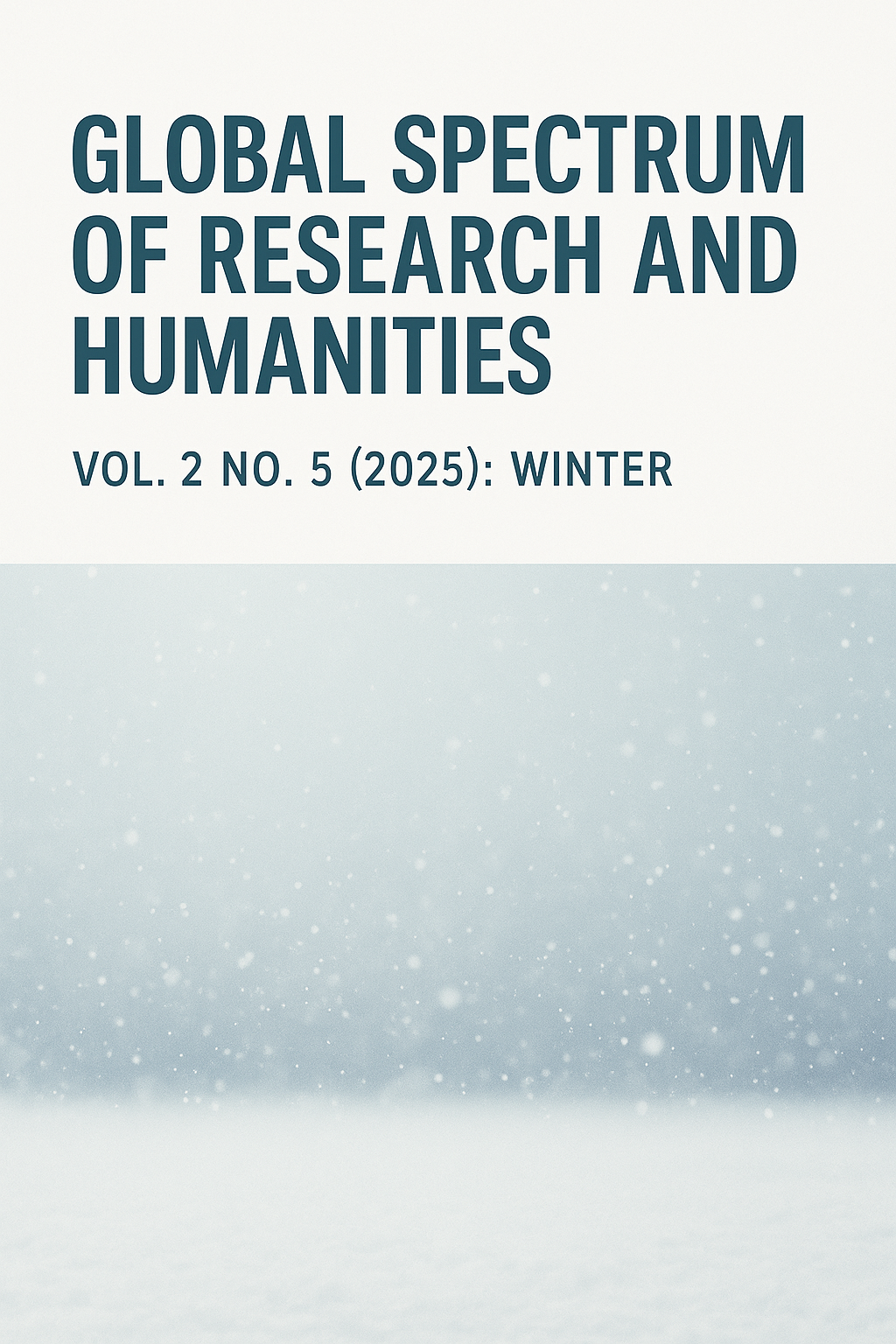Biological Prerequisites for the Origin of Human Speech
DOI:
https://doi.org/10.69760/gsrh.0250205014Keywords:
Speech, biology, evolution, genetics, cognitionAbstract
The origin of human speech is a complex and multidisciplinary topic that lies at the intersection of linguistics, biology, anthropology, and cognitive science. Understanding the biological prerequisites for speech provides insight into how anatomical, neurological, and genetic factors collectively enabled humans to develop this unique communicative capacity. This paper examines the evolutionary development of the human vocal apparatus, the specialization of brain regions responsible for language processing, and the role of genetic mutations such as FOXP2 in facilitating speech production. Additionally, it explores the adaptive advantages of vocal communication in early human societies and its relationship with cognitive and social evolution. By integrating findings from comparative studies between humans and primates, this research highlights the biological foundations that made the emergence of speech possible, emphasizing that language evolution is both a product of biological adaptation and a driver of human cultural advancement.
References
Asadova, B. (2023). Phonetic fluidity in English pronunciation: Techniques for native-like articulation. Norwegian Journal of development of the International Science, 121, 81.
Asadova, B. (2024). Effective Strategies for Teaching Phonetics in the Classroom. Global Spectrum of Research and Humanities, 1(1), 12-18.
Babazade, Y. (2024). Proverbs in pedagogy: Their role in language teaching and cultural transmission. Global Spectrum of Research and Humanities, 1(1), 69-82.
Deacon, T. W. (1997). The symbolic species: The co-evolution of language and the brain. W. W. Norton & Company.
Enard, W., Przeworski, M., Fisher, S. E., Lai, C. S. L., Wiebe, V., Kitano, T., Monaco, A. P., & Pääbo, S. (2002). Molecular evolution of FOXP2, a gene involved in speech and language. Nature, 418(6900), 869–872. https://doi.org/10.1038/nature01025
Fitch, W. T. (2010). The evolution of language. Cambridge University Press.
Hauser, M. D., Chomsky, N., & Fitch, W. T. (2002). The faculty of language: What is it, who has it, and how did it evolve? Science, 298(5598), 1569–1579. https://doi.org/10.1126/science.298.5598.1569
Lieberman, P. (2007). The evolution of human speech: Its anatomical and neural bases. Current Anthropology, 48(1), 39–66. https://doi.org/10.1086/509092
Mammadova, I. (2024). Understanding the Function of Past Participles in Complex Sentences. Journal of Azerbaijan Language and Education Studies, 1(1), 1-21.
Safarova, L. (2024). Comparative Analysis of Azerbaijani and English Phonetic Systems. EuroGlobal Journal of Linguistics and Language Education, 1(2), 17-25.
Downloads
Published
Issue
Section
License
Copyright (c) 2025 Global Spectrum of Research and Humanities

This work is licensed under a Creative Commons Attribution-NonCommercial-NoDerivatives 4.0 International License.




